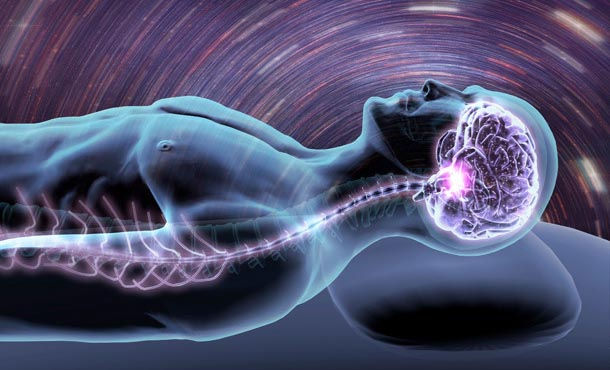Embryonic Development of the Brain
- Shamsi Mumtahina momo

- Nov 15, 2022
- 1 min read
In all vertebrates,three bilaterally symmetrical,anterior bulges of the neural tube-the forebrain, midbrain and hindbrain-become evident as the embryo develops.During vertebrate evolution,the brain is further divided structurally and functionally. This regionalization increased capacity for complex integration,with the forebrain becoming much larger in birds and mammals than in other vertebrates.

By the fifth week of embryonic development ,five brain regions have formed from the three primary bulges. The telencephalon and diencephalon develop from the forebrain; the mesencephalon develop from the midbrain and the metencephalon and myelencephalon develop from the hindbrain.
As a human brain develops further, the most profound changes occur in the telencephalon(the region of the forebrain that gives rise to the cerebrum. Rapid expansive growth of the telencephalon during the second and the third month causes the outer portion of the cerebrum,called the cerebral cortex ,to extend over and around much of the rest of the brain. Major centers that develop from the diencephalon-the forebrain division that evolved earliest in the vertebrate history-are the thalamus,hypothalamus and epithalamus.
The three regions derived from the midbrain and the hindbrain give rise to the brainstem, a set of structures deep within the brain. The adult brainstem consists of midbrain, pons and medulla oblongata. The metencephalon also gives rise to another major brain center,the cerebellum(which is not part of the brainstem).
Reference:




Comments